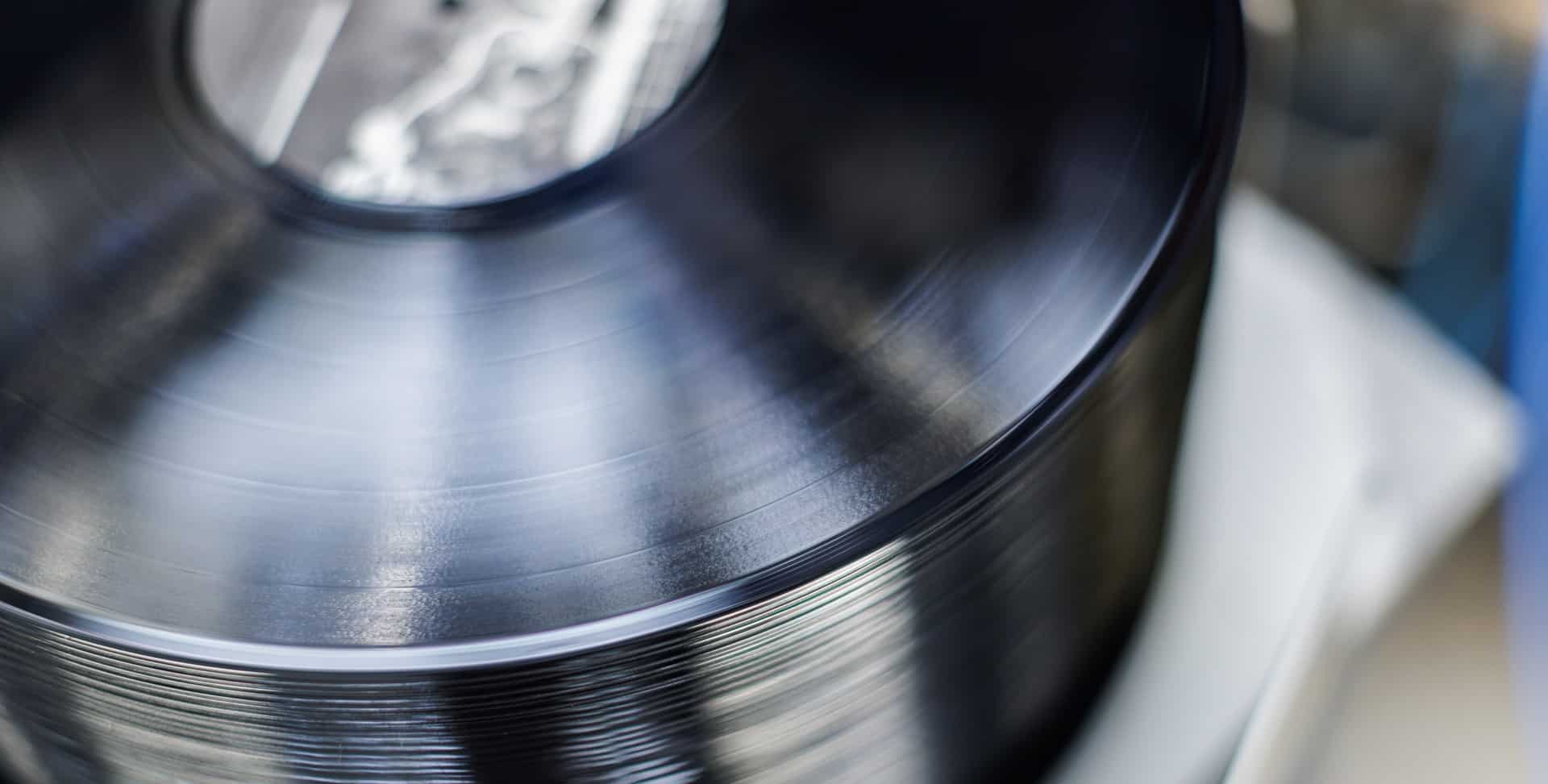Test Pressings – Customer Information Guide

What Is a Test Pressing?

Meet the Matrix Number

Before You Play the Record

What to Check During Playback
Verify the issue using multiple playback setups
Identify the side, exact track number and timestamp where the issue occurs
Determine whether the issue is consistent across all test pressings (suggesting a pressing defect), or varies between copies (possibly equipment-related)
Describe the defect (e.g., crackle, pop, click, noise, equalization, loudness, distortion)
Fill out the Test Pressing Claim Form, making sure to include the catalogue number and matrix number, which are important for us
Include audio evidence (preferably a recording) to assist in accurate and prompt diagnosis
If you wish to make any changes to the sound, volume, or track sequence, a new cut will be required and will incur an additional charge
We are committed to resolving any issues efficiently and with care.
Please also consider the following:
Cutting
Distortion, sibilance, unbalanced frequency response, and lack of clarity or dynamics are typically caused by issues in mastering or cutting. These cannot be resolved by pressing new test copies — a remaster or recut may be necessary.
If you supplied lacquers, please consult your mastering or cutting engineer. We recommend involving them in the test pressing evaluation process from the beginning.
Metalwork
If clicks, pops, or pre-echo occur at the same position on all test pressings, this may indicate a stamper defect — in that case, a claim can be filled and a replacement set requested.
Pressing
If these noises like clicks, pops, or pre-echo vary between copies, the issue is likely pressing-related rather than stamper-related.